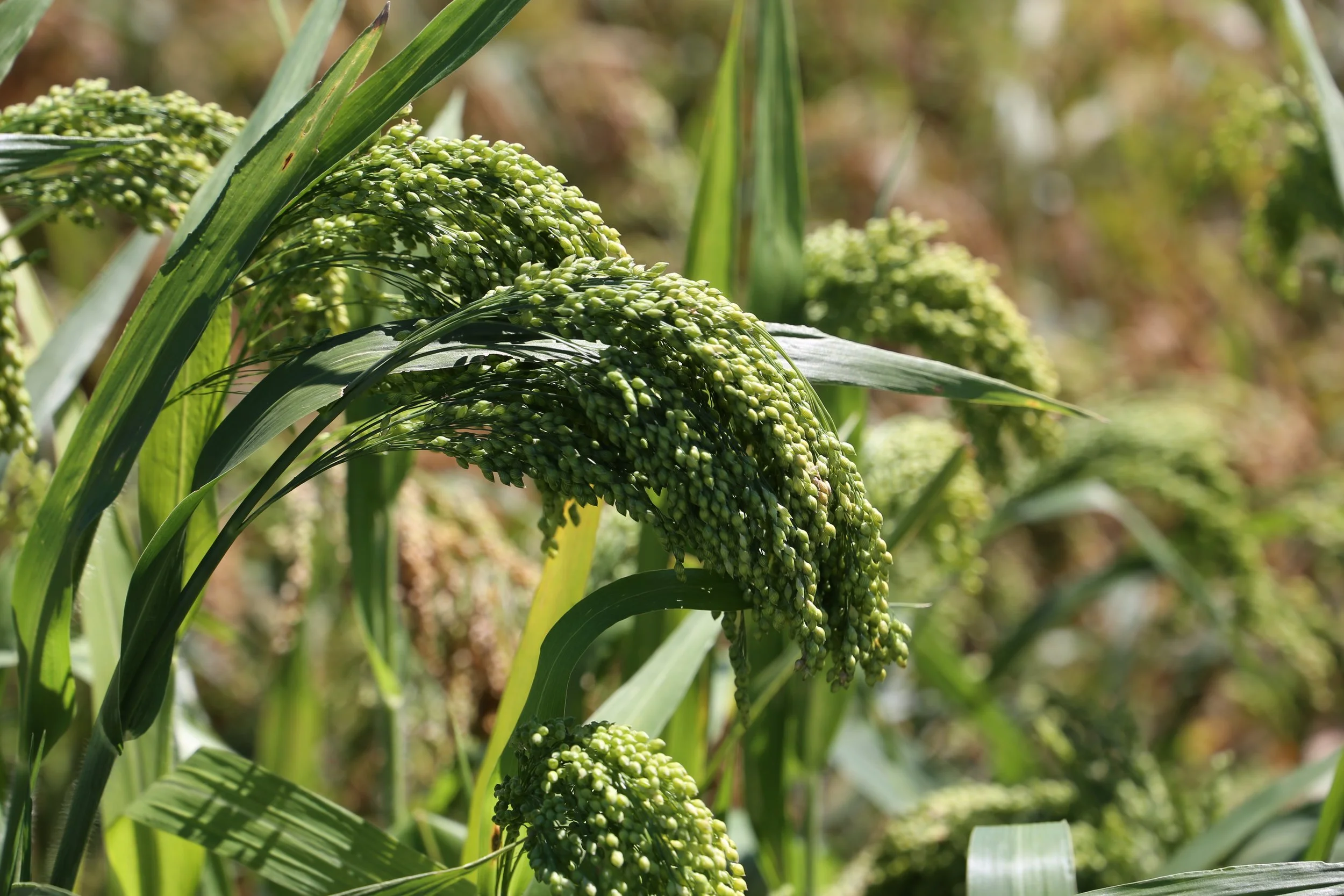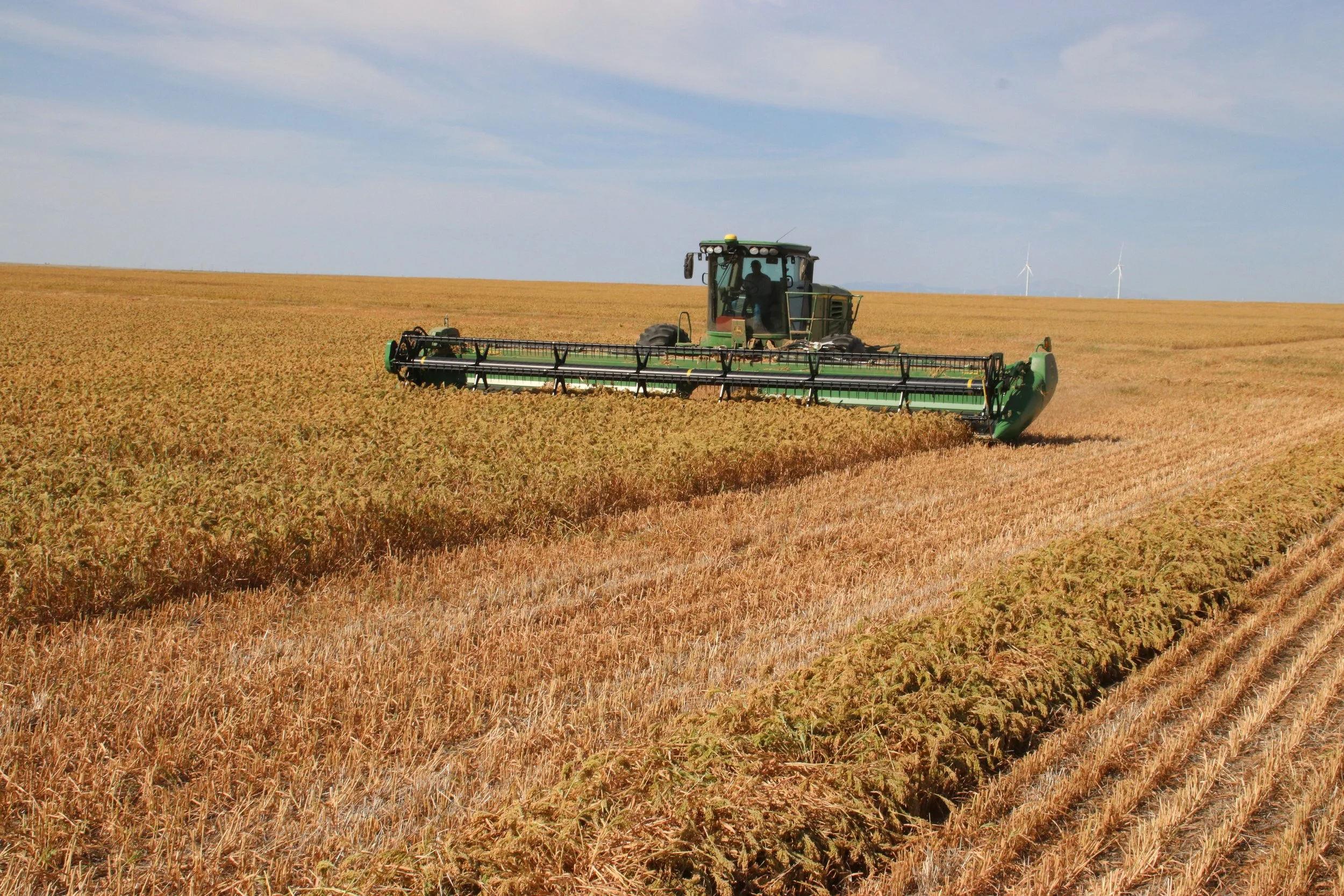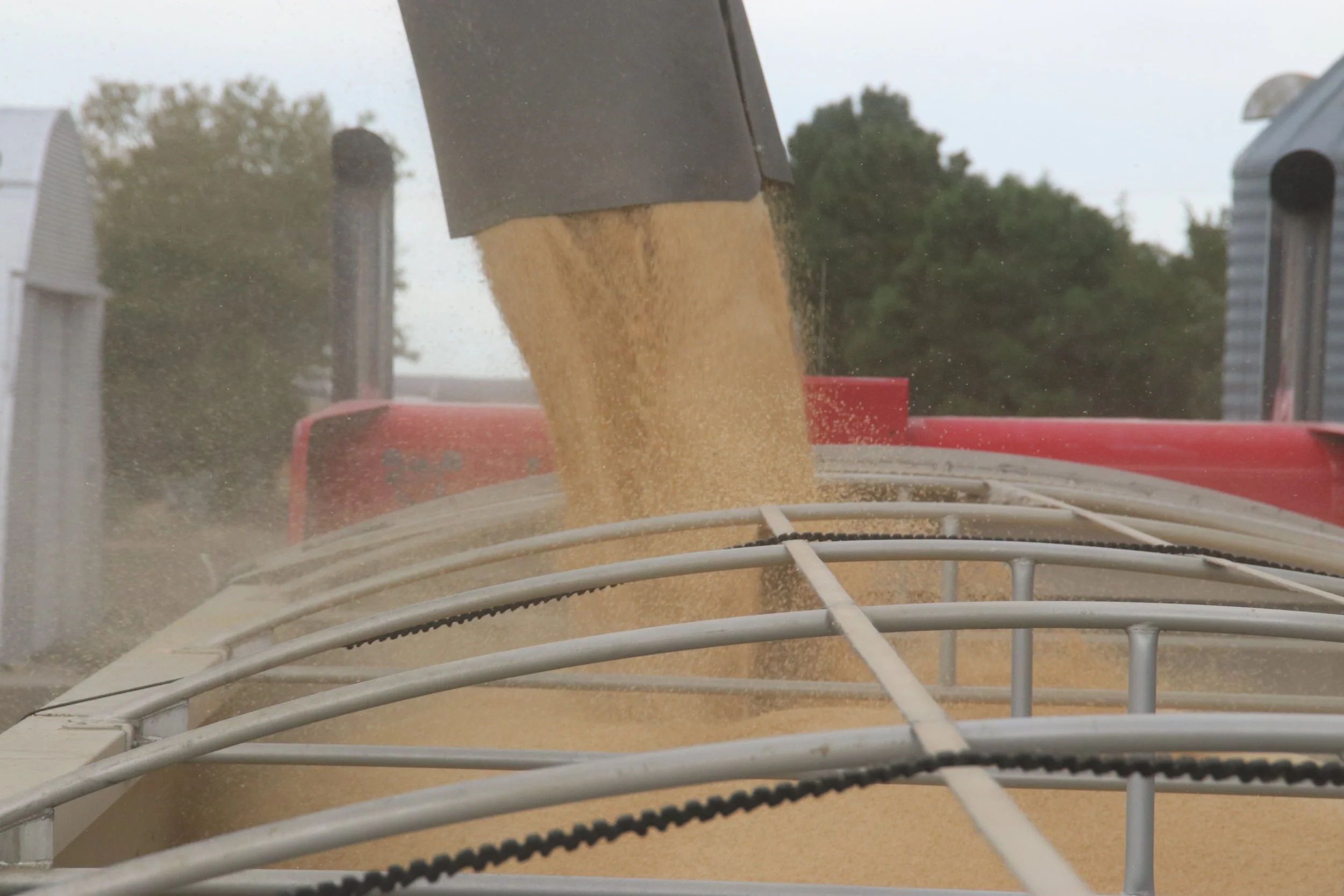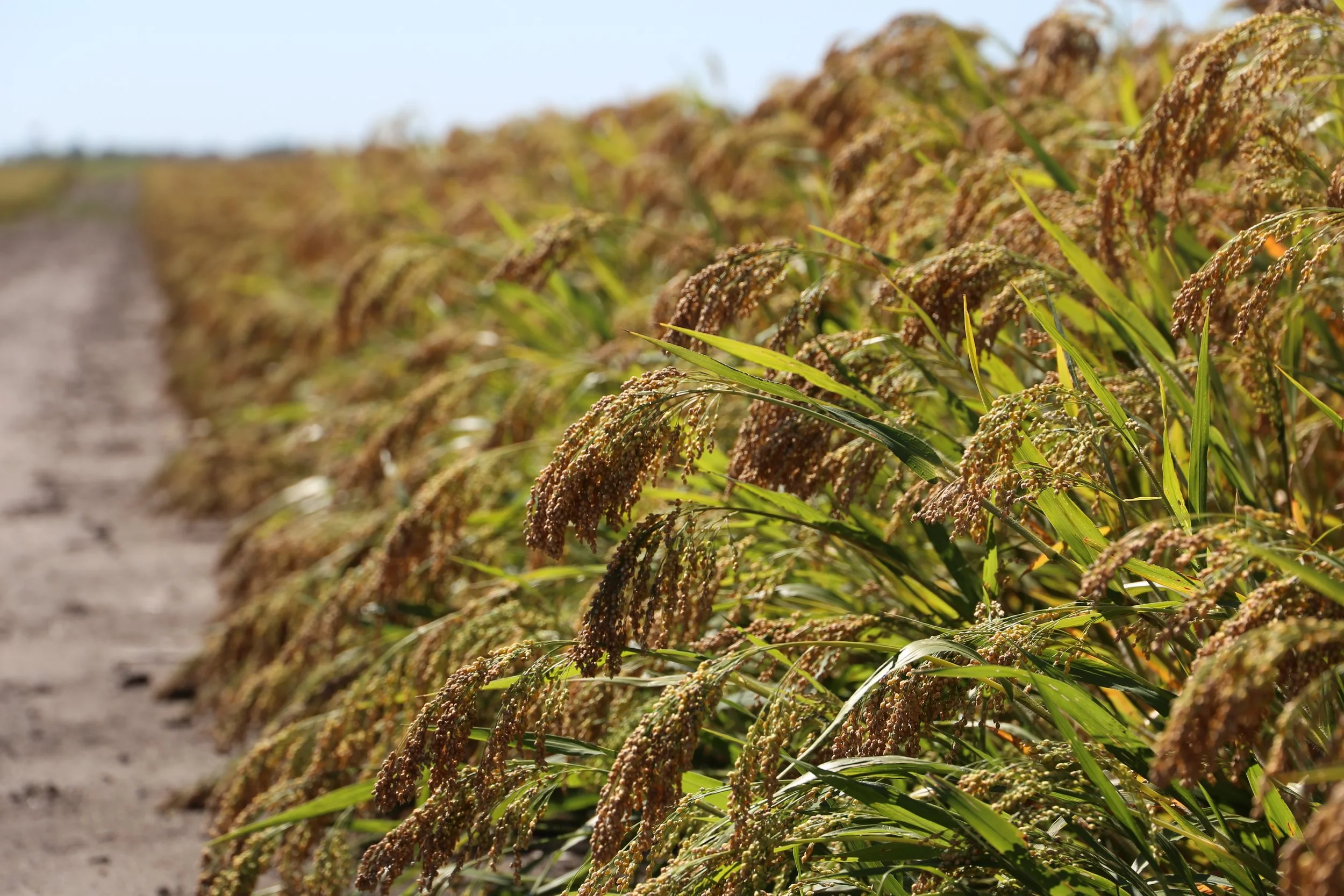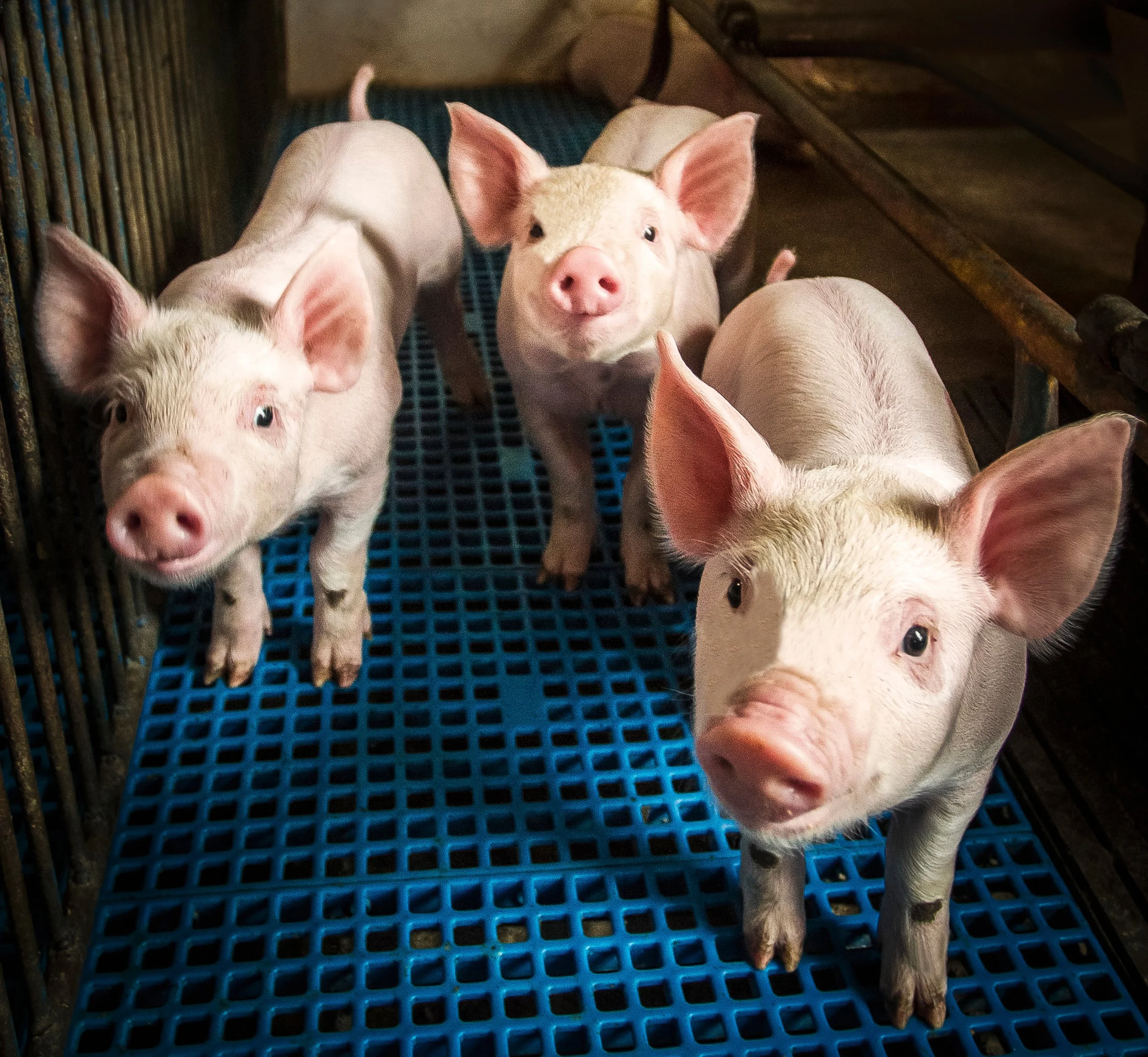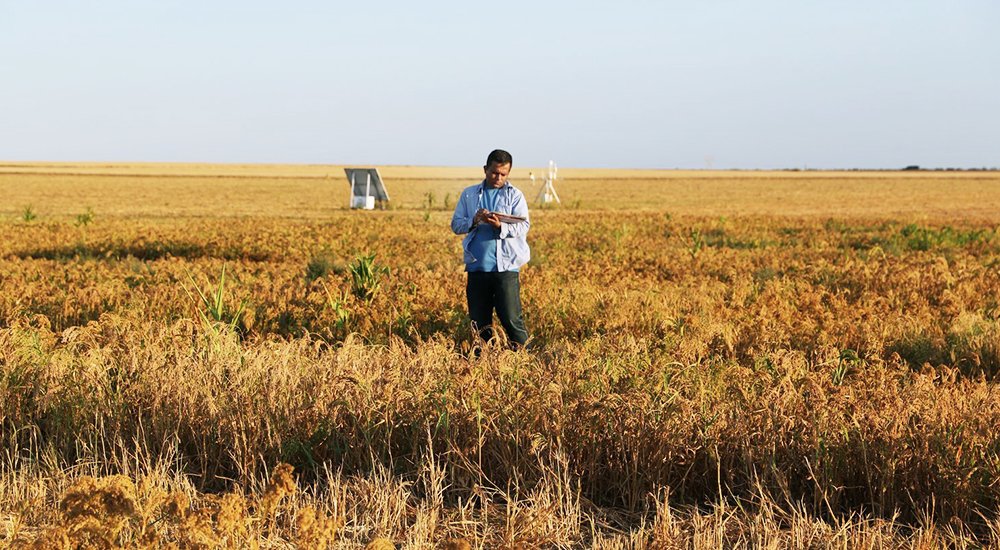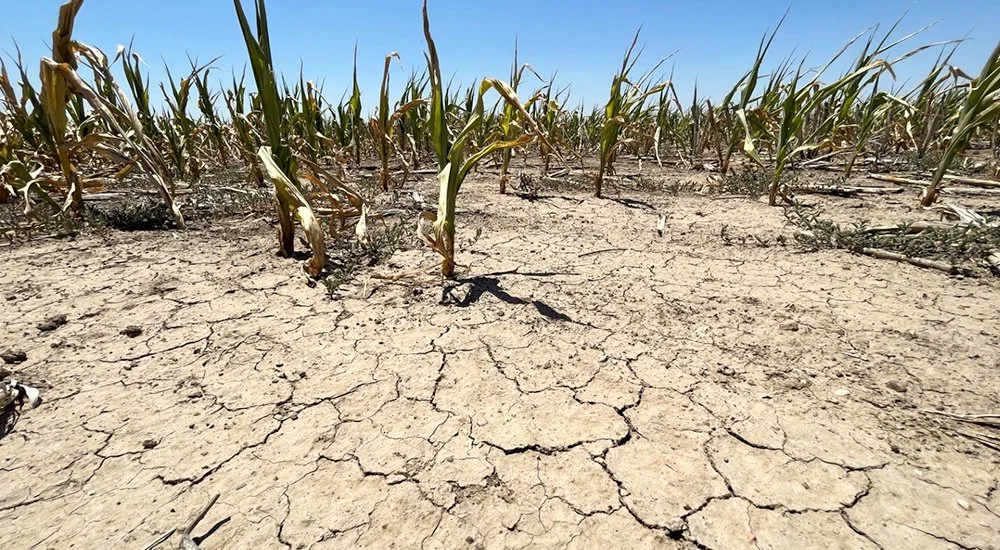Selecting the Best Proso Millet Variety for Your Operation
When producers think about seeds in today’s modern farming world, they often think about dozens of varieties designed for specific environments. But for proso millet farmers, seed options are not nearly as abundant.
In fact, Dryland Genetics is the only company in the U.S. to revisit proso millet breeding strategies in nearly 10 years.
DLG 240 and DLG 40 are some of the most recent varieties tested for performance and profitability in the country. But how do they really compare to the competitors and which variety is the best option for you?
Let’s take a look at the stats.
Yield
Like any crop, the number one component of seed performance is yield, and proso millet is no different. Our DLG 240 variety is no stranger to top-performing yields, with test results showing this variety produces an average of 10-20% higher yield over competitor varieties.
In fact, growers have reported as high as 40% yield increase over the popular Huntsman variety.
This is largely due to DLG 240 being a later maturing variety, with a growing season of nearly 100 days.
The DLG 40 has a growing season of 90 days, much like its popular competitor Huntsman, but still produces an average of 5-10% higher yield than competitor varieties.
In the High Plains region of Colorado and Nebraska, where most Dryland Genetics varieties are developed and grown, dry and windy weather is a normal occurrence. These conditions can cause lodging in the plants, allowing them to bend and break at the root or stem, resulting in grain quality and yield loss. Although proso millet is a smaller plant, DLG 240 and DLG 40 varieties both have thicker stems than their competitors, which helps them stay upright and avoid lodging. After harvest, the hardy stem & straw also helps to capture snow and add moisture to the soil in the winter when they remain in the field.
Panicle Head
The final unique attribute of Dryland Genetics’ proso millet varieties is the compact panicle head. Just as the thick stem supports the plant against adverse weather, the compact panicle seed head helps preserve the grain after harvest time. Many farmers use proso millet as a late-season crop that they can plant in late spring/early summer and still harvest before fall. But harvest timing can be tricky if it coincides with corn harvest or winter wheat planting.
Most farmers will swath their proso millet and let it dry in the field, similar to cutting hay. Each day the proso lays on the ground, though, there is a risk of grain loss from wind and rain. Dryland Genetics proso millet has a compact panicle head, which holds the grain close to the branch and helps protect it from the elements while the grain dries.
Take Your Pick
So which variety is the best? Well, we believe it comes down to personal preference and the needs of your operation.
If yield is your ultimate goal, DLG 240 will provide top performance and add to your overall profitability.
If a shorter growing season is important, DLG 40 will certainly meet your needs and provide exceptional results.
Either way, you can be confident your proso millet crop will check all the boxes when you choose Dryland Genetics.
To get connected with a rep in your local area, contact our team today.







